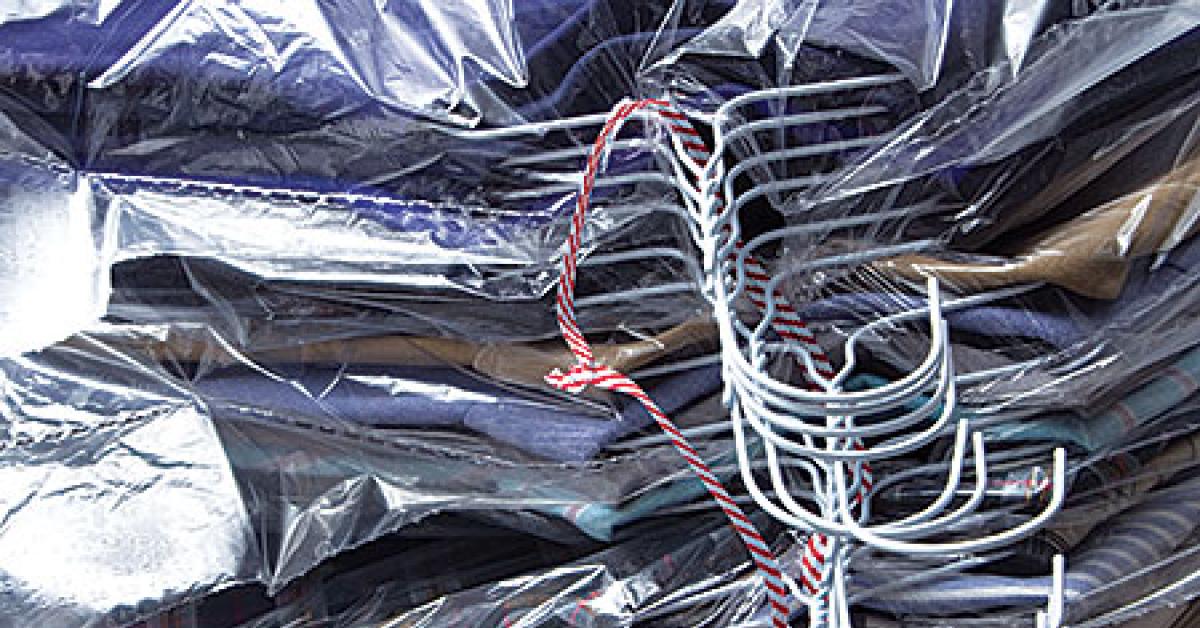SAN FRANCISCO — In the constant quest to increase profitable sales, diversification into various alternative services—including commercial distribution channels—may be a logical step for your drycleaning business. (Note the emphasis on profitability, which must be considered at every step in the process.)
Commercial business-to-business (B2B) prospects abound, with hotels, restaurants and medical offices being some of the most obvious. Digging deeper will reveal extensive business opportunities that include, but are not limited to, medical offices, salons, spas, schools (for linens and uniforms or student clothing), camps (for linens and camper clothing), marinas (for boat interiors and cushions), private airports (for plane interiors), and any industry that utilizes uniforms.
To optimize commercial business efforts, one must first assess each opportunity for critical factors that influence the outcome by ranking each opportunity to prioritize them. Some of those critical factors are:
- Size of market potential
- Existing competitive environment
- Profitable pricing alternatives
- Ease of production and service delivery
- Ease of selling service
- Ease of access to decision makers
Rank each factor—with 5 being most favorable and 1 being least favorable—then total the scores to help prioritize.
The analysis will include in-depth research, particularly in assessing the size of the market potential.
SIZE OF MARKET POTENTIAL
The Economic Census is a good place to start in determining the size of the market potential, providing data on numbers of establishments, estimated average sales, number of employees, etc. This information is historical and must be tempered with expectations, especially if creating a new market service. Many industry associations also provide this type of data to their members or for a fee. Often, it is possible to find research that has been done by college and university students and faculty on a specific business.
EXISTING COMPETITIVE ENVIRONMENT
In addition to the market-potential data gathered, feet-on-the-ground investigation is essential to accurately assess the current competitive environment.
Cleaners will want to know how many competitors are in the specific niche they are targeting, the longevity of their expertise, their available capacity, where they are in the business life cycle, whether their customers are happy, and whether they are growing or sales are declining.
PROFITABLE PRICING ALTERNATIVES
Shop the existing pricing alternatives to determine the profit margins. If pennies are critical, one has to decide if their business has the efficiency to compete in a tight margin business. If quality is the determining factor, what price is necessary to provide the required quality in the time frame required?
EASE OF PRODUCTION AND SERVICE DELIVERY
Does the service require exceptional expertise or is it more a matter of finding a sufficient relatively unskilled labor pool? Whichever skill level is required, is it available to one’s business at a wage that is realistic?
Does the service require specialized equipment? If so, is it affordable?
EASE OF SELLING SERVICE
Is the chosen service one that is in great demand? Do many companies need it? Is it difficult for them to produce internally?
EASE OF ACCESS TO DECISION MAKERS
Who makes the buying decisions? Is it an individual or a committee? Does the front line have advisory power but no budget or spending authority? Are the decision makers easy to reach or must one run the gauntlet of effective gate keepers?
Will a box of cookies get one in the door or will it take an inside introduction from an internal influencer? Does one have a sales team that knows the difference between the effective and ineffective strategies and who can apply the appropriate tactics to the given situation?
Do they have the necessary contacts to be immediately effective selling or must they develop all new contacts from the ground up? Can one “buy” someone with the appropriate contacts to ramp up the sales effort quickly?
Check back Thursday for Part 2!
Have a question or comment? E-mail our editor Dave Davis at [email protected].

